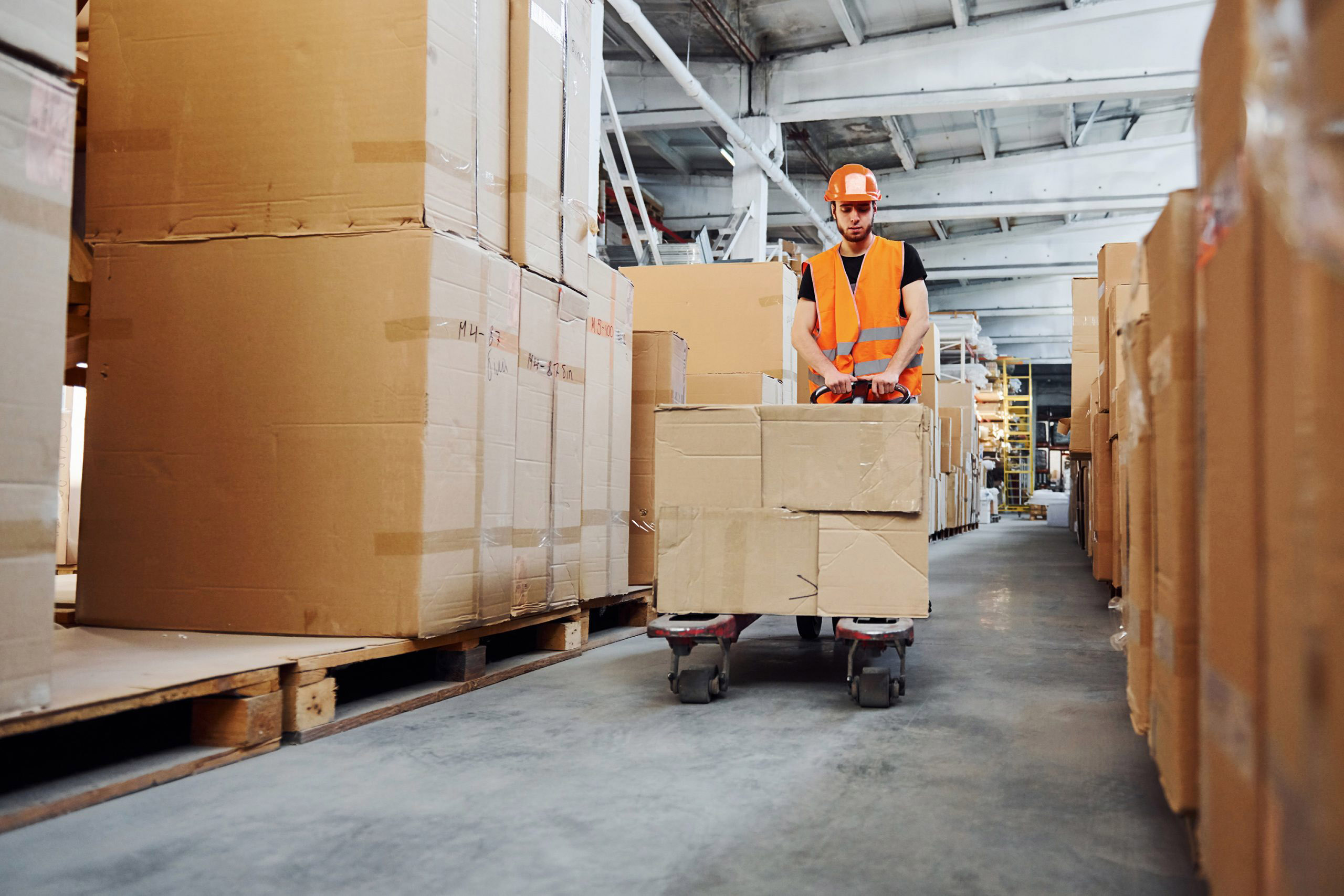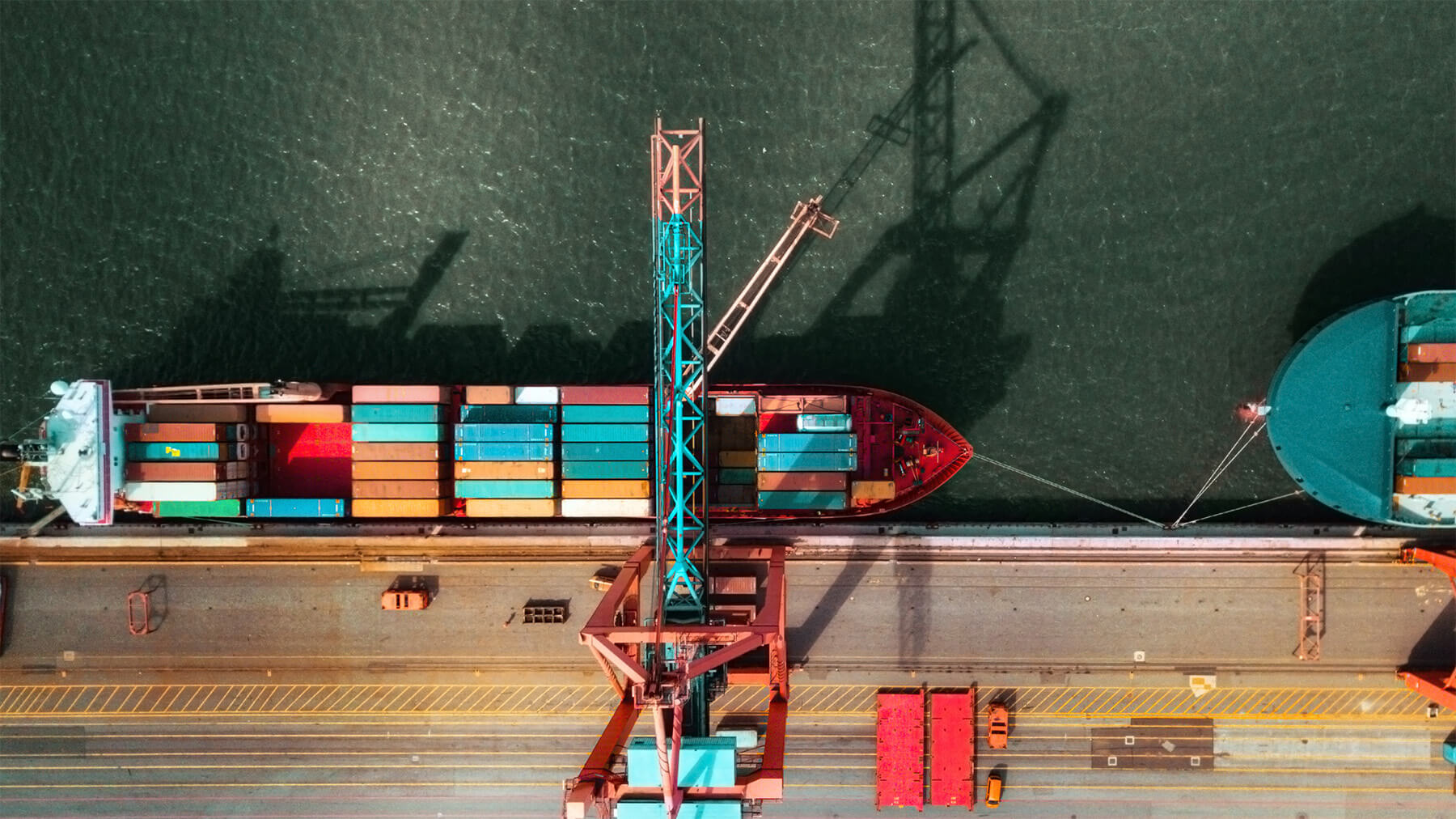The COVID-19 pandemic that unexpectedly shocked the world this year called for a shift in delivery demand during as well as going forward. As the world figures out what “the new normal” looks like, a reliance on delivery services is likely here to stay.
When the pandemic first took off, brick and mortar stores shut down, customers got nervous and budgets were reexamined. This meant that essential items saw an unexpected surge in demand. The sale of items such as sanitizers, toilet paper and masks rose immediately. Even though this imperative rush for items deemed essential has since slowed, many are still defaulting to online shopping, even for non-essential items.
This caused companies to reevaluate how they can operate with unpredictable demand and workplace limitations — all while still making a profit. According to an article in Fortune, 75% of U.S. companies have already experienced a disruption to their supply chain, with revenue being impacted.
So where do companies go from there? Supply chain digitalization should be a big part of the answer. The good news? Our world is vastly and rapidly developing with each day new forms of digitalization.
Growth of eCommerce
A recent article in The Economist, The Pandemic Has Shown that Amazon Is Essential — but Vulnerable, notes, “In the past year the shares of warehousing firms, which thrive on ecommerce, have outperformed those of shopping-mall landlords by 48 percentage points.”
While most retailers had an omnichannel strategy in place before the pandemic, the disruption has accelerated ecommerce growth, leaving many unprepared. As a recent project44 blog post stated, “The only certainty is that supply chains need to prepare for uncertainty.”
Recent research by project44, has shown that 89% of consumers do not expect companies to sacrifice visibility and transparency into the delivery process or expected arrival times, even in an economic downturn. The future of the Delivery Economy is going to need to require speed, transparency, and efficiency. This means that supply chains have to evaluate next steps.
Why Supply Chains are Turning to Real-Time Visibility
As supply chains strive to meet these customer expectations while maintaining efficiency during disruption, many are using data and digitalization as a key piece to the puzzle.
Gartner’s recent report, Role of Real-Time Transportation Visibility Technology in Handling Logistics Challenges Created by COVID-19, was released amid the chaos, however, suggests that real-time visibility could be the future going forward to ensure safety and efficiency. The report suggests, “Utilize real-time transportation visibility platforms to get better visibility of bottlenecks at borders and in cities, as well as of inventory in transit to distribution centers (DCs) or to stores.”
The report mentions that a large part of knowing where to move forward is listening to customers to gain a full understanding of their needs, as well as using tools such as real-time visibility to predict changes and how to allocate proper resources to accommodate situational changes.
A recent customer experience emphasizes how project44 is enabling supply chains to take action on visibility data when faced with disruption. A global building materials manufacturer was having trouble gaining visibility into inbound shipments from suppliers.
With project44, the manufacturer is able to track these end-to-end shipments more effectively. They were able to take this high-fidelity data and use it to plan upstream processes. With thousands of orders per day, they needed to know when the order will hit a certain distribution center in order to fulfill when that inventory is in transit. By using predictive ETAs, they knew exactly when the inventory is arriving, allowing them to fulfill the order without actually holding inventory at rest.
Supply chains have now had to take in the safety and guarantee of their own employees. To maintain social distancing at distribution and fulfillment centers, they can either expand their physical space or optimize their operations. By getting ahold of high-fidelity data, they can predict the impact of events and plan accordingly. Supply chains can use predictive insights and advanced analytics to significantly reduce the amount of time to mitigate disruptions.
The Future: Communication, Safety and Visibility
While the uncertainty is far from over, supply chains will need to put an emphasis on communication, safety and real-time visibility to ensure an outcome that is rapid, efficient and ready for whatever comes their way.
To learn more about customers current expectations for delivery, read project44’s latest report, Is 2020 the End of the Delivery Economy?



